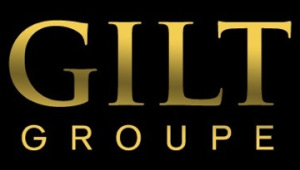Gilt uses strategies for segmenting markets such as psychographic segmentation. The variables of psychographic segmentation are personality, motives, lifestyles, and Geodemographics.
As a members based business, Gilt can acquire detailed information on all of their members spending patterns. They have developed internal software that can track a members favorite brands, categories, and their average sales transaction. This psychographic segmentation would fall under the category of "personality." The book states, "Personality reflects a person's traits, attitudes, and habits, Clothing is the ultimate personality descriptor. Fashionistas wear high-end, trendy clothes, and hipsters enjoy jeans and tee-shirts with tennis shoes. People buy clothes that they feel represent their personality and give others an idea of who they are." With knowing how a member shops, Gilt can adjust and or create special newsletters for a specific individual. For example, I recently purchased some ties and shoes from the website. Since then, I have noticed the new newsletters are featuring new dress shirts, socks and suits. As a marketer, you want the consumer to subconsciously say to themselves, "I just bought a tie and a shoes, maybe I need a new suit and dress shirt." Not only have they featured new categories on these new newsletters to me, but they have also featured new shoes and ties as well.
It is very remarkable that a marketer can easily react and adjust how they feature specific information based on a individuals spend habits. This approach has been proven successful. The algorithmic software is something regular retailers cannot implement. Other department stores looking to reach out to new consumers can't access these type of big-spending consumers the same way. The CEO of Gilt states, "A Sak's or Macy's can't do this because they do not have a membership-only model. The only people who can do this area are flash sales types and Facebook."

No comments:
Post a Comment